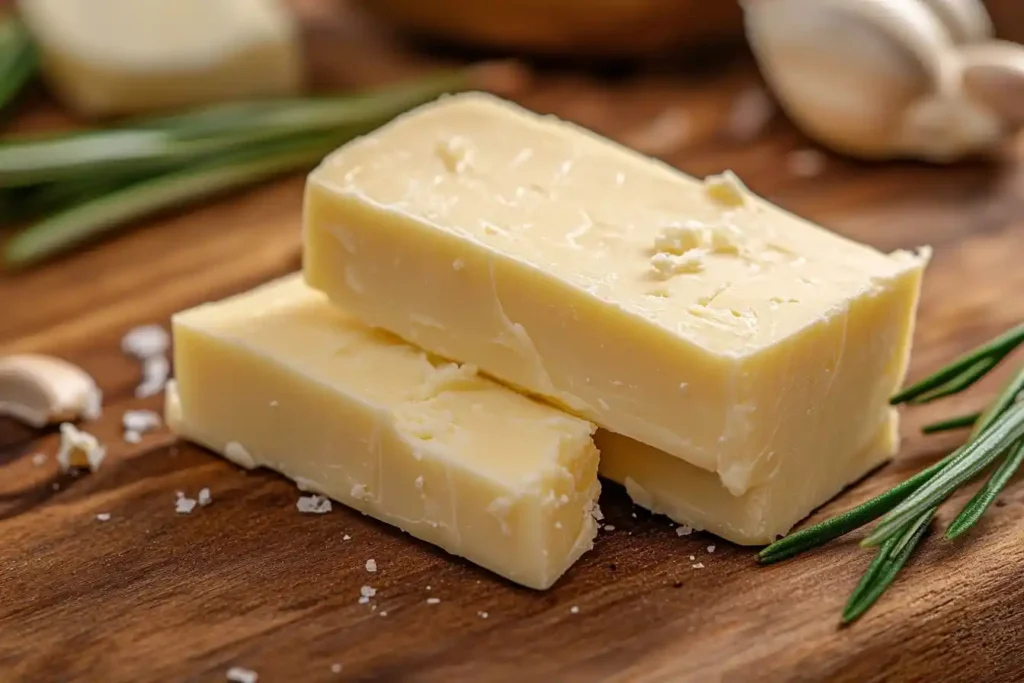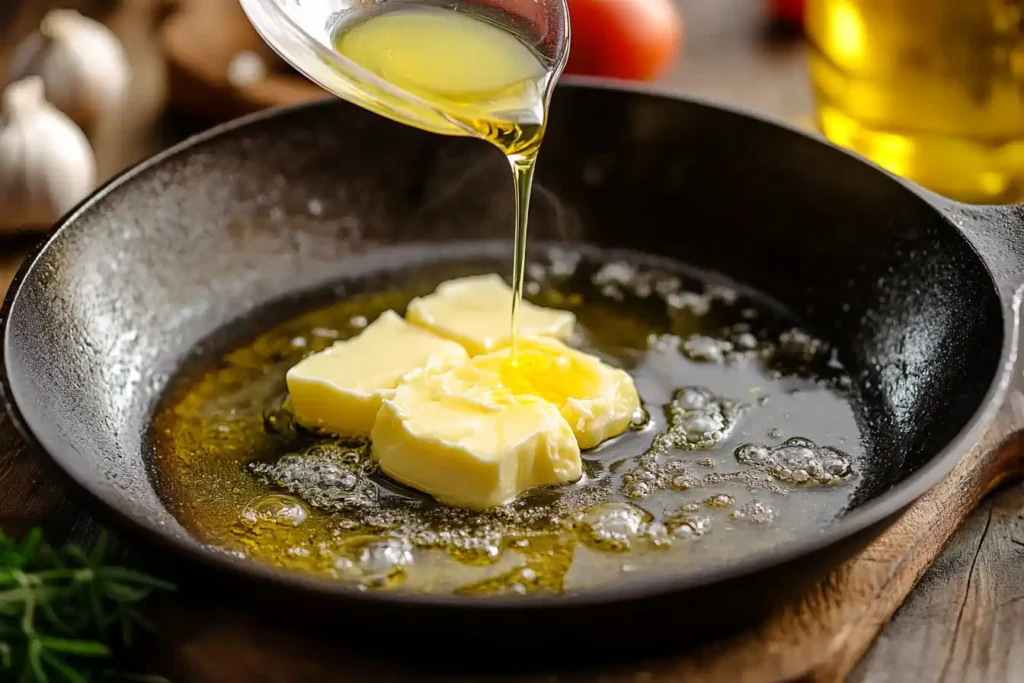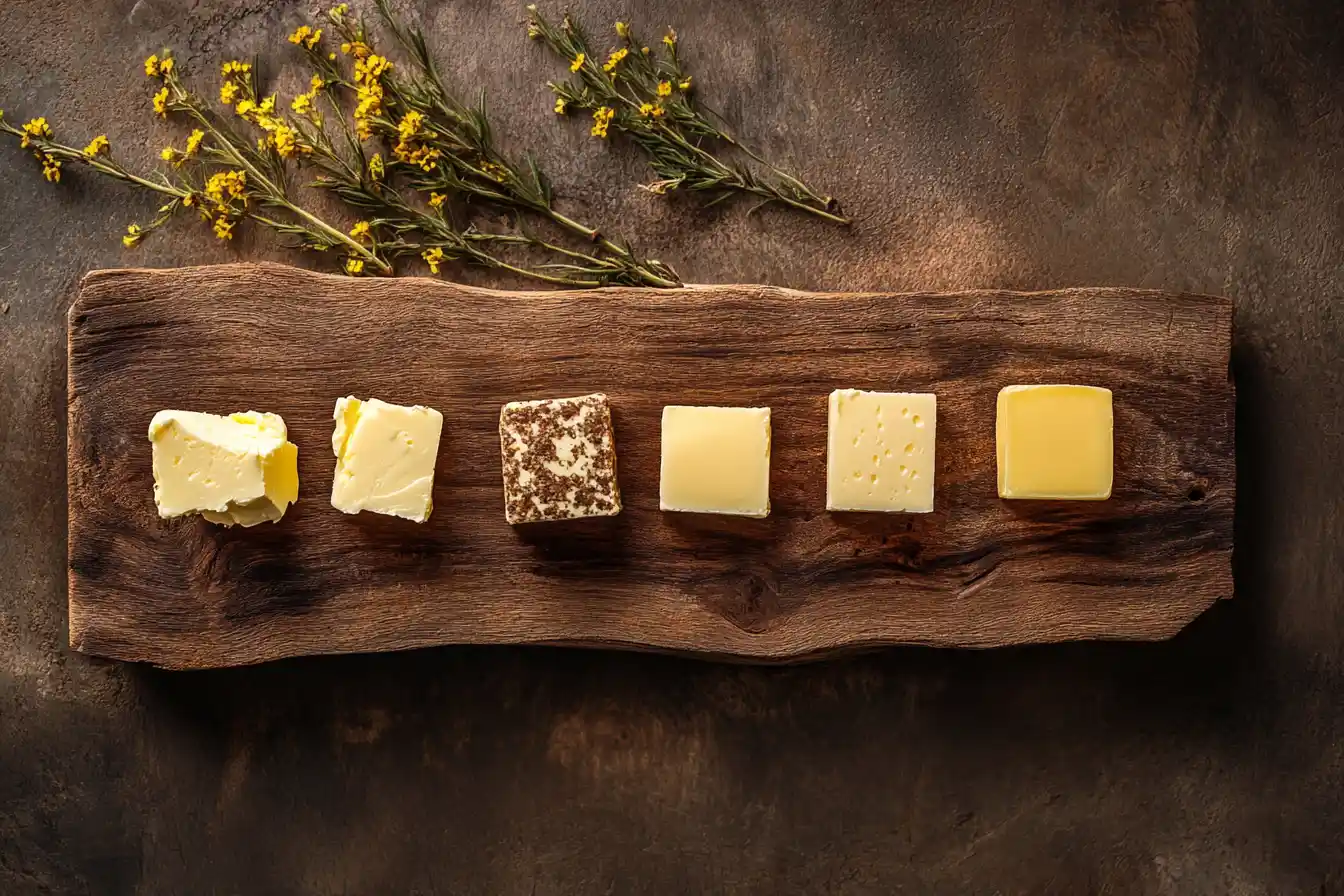Choosing the right butter is crucial for a successful keto journey. This article explores the options, offering insights into various types and their benefits.
What is the Best Butter for Keto Diet?
The ketogenic diet, or keto, requires high fat intake. Therefore, butter becomes a dietary staple. It provides essential fatty acids. It also enhances the taste of keto meals. Let’s examine which butter types are most suitable for keto.
Understanding the Keto Diet and Fat
The keto diet is about consuming high amounts of fats. Furthermore, it involves moderate amounts of protein and very low carbohydrates. This forces your body to use fat for energy. This process is called ketosis. Butter, a pure source of fat, fits perfectly into this diet. Because of its high fat content, butter can help you reach your daily fat requirements. Moreover, it keeps you feeling full and satisfied.
Why Butter Is a Keto-Friendly Choice
Butter is mostly fat, making it excellent for keto. Butter contains very little carbohydrates. Therefore, it does not interfere with ketosis. Additionally, butter offers a rich taste that improves many keto recipes. For example, you can use butter to cook eggs. Butter is also great for sauteing vegetables. Finally, you can melt butter over steak or fish.
Different Types of Butter and Their Keto Suitability

Several butter types are available. Consequently, their nutritional profiles vary. Choosing the right butter involves considering these differences.
Conventional Butter
Conventional butter comes from cows raised on standard feed. This type of butter is widely available. It is also very affordable. Conventional butter is acceptable for keto. However, its nutritional profile may not be the best. Specifically, grass-fed butter tends to have more beneficial fatty acids.
Grass-Fed Butter
Grass-fed butter comes from cows that eat grass. This diet can change the nutritional makeup of the butter. Grass-fed butter often has higher levels of vitamins and omega-3 fatty acids. Therefore, it’s considered a better option than conventional butter. Many keto followers choose grass-fed butter because of these health benefits. In addition, grass-fed butter frequently has a richer flavor.
Benefits of Grass-Fed Butter for Keto
Grass-fed butter offers numerous advantages for those on keto. First, it provides essential fats that support overall health. Secondly, it contains higher amounts of conjugated linoleic acid (CLA). CLA is believed to have several health benefits, including fat reduction. Finally, its enhanced flavor makes it a satisfying addition to keto recipes.
Clarified Butter (Ghee)

Clarified butter, also known as ghee, is made by melting butter and removing milk solids. This process leaves behind pure butterfat. Ghee has a high smoke point, making it great for high-heat cooking. Ghee is also lactose-free, which is a benefit for individuals sensitive to lactose. Moreover, ghee’s rich flavor enhances many keto dishes. Therefore, ghee is a great choice for keto.
Ghee: A Dairy Option
Ghee is a good option for those who are dairy sensitive but can handle butterfat. Because the milk solids are removed, it reduces the likelihood of issues related to dairy intolerance. Furthermore, ghee is very stable, which means it can be stored for a longer period without spoiling. Consequently, ghee is a handy butter choice for those on keto.
Salted vs. Unsalted Butter
Both salted and unsalted butter can be used on keto. However, unsalted butter is typically favored in baking. This allows you to control the salt content in your recipes. Salted butter, conversely, is excellent for spreading on keto breads or adding to cooked meals. The choice between salted and unsalted butter is a matter of personal preference.
Choosing the Right Salt Content
When choosing butter for keto, consider the overall salt content of your diet. Additionally, if you are watching your sodium intake, unsalted butter might be a more suitable choice. Therefore, it gives you control over the sodium in your food. However, if you enjoy the extra flavor, salted butter can be used in moderation.
How to Use Butter in Keto Recipes

Butter is a versatile ingredient in keto cooking. Accordingly, it can be used in numerous ways to enhance your meals.
Cooking and Sautéing with Butter
Butter is perfect for cooking or sautéing vegetables. It adds a rich flavor to dishes. Butter is also great for searing meats. Its high-fat content keeps food moist while it cooks. Moreover, grass-fed butter adds even more flavor depth. For example, try sautéing spinach with garlic in butter for a simple keto side.
Baking with Butter
In baking, butter is a crucial ingredient. However, you’ll need to modify most standard recipes when baking for keto. Butter can provide the fat and flavor needed for keto-friendly desserts and breads. Indeed, using butter correctly helps to achieve the right texture and taste in your keto baked goods.
Adding Butter to Drinks
Some keto dieters add butter to their coffee or tea. This practice, known as “bulletproof coffee,” provides an extra boost of fat. It also helps to keep you full. Furthermore, adding butter can make your drinks feel more indulgent. Just be sure to use unsalted butter for the best flavor.
Butter as a Topping
Butter makes a great topping for many keto meals. A pat of butter on top of a steak will add flavor. Similarly, a melted butter drizzle over keto-friendly steamed vegetables adds richness. Additionally, butter can be used to compliment savory meals. Its smooth texture and rich flavor blend well with many ingredients.
Health Benefits
While butter is high in fat, it can also provide numerous health benefits. Choosing the right type can support overall well-being.
Rich Source of Healthy Fats
Butter is a rich source of saturated fat. Saturated fat has been unfairly demonized in the past. However, it is now recognized as a necessary part of a healthy diet, especially on keto. Butter‘s fats offer energy. They also support hormone production. Furthermore, they help absorb certain nutrients.
Vitamin Content
Butter, particularly grass-fed butter, contains various vitamins. Specifically, it is a source of vitamin A, vitamin E, and vitamin K2. Vitamin A is crucial for vision. Vitamin E acts as an antioxidant. Vitamin K2 is important for bone health. Therefore, butter provides a range of essential vitamins.
CLA and Butyrate
Grass-fed butter is also a source of conjugated linoleic acid (CLA). CLA is a fatty acid that may help with weight management. Furthermore, it may have some anti-inflammatory properties. In addition, butter contains butyrate. Butyrate is a short-chain fatty acid that supports gut health.
Potential Downsides
While butter has many benefits, it’s important to understand its potential downsides. Therefore, use butter mindfully, even on keto.
High Calorie Content
Butter is very high in calories. One tablespoon contains approximately 100 calories. Therefore, you should use butter in moderation, even on keto. Overconsumption can lead to excess calorie intake. This may slow down weight loss. Accordingly, keep an eye on portion sizes.
Sensitivity Concerns
Some people may have sensitivity to dairy. However, the lactose content in butter is usually very low. But, if you have a strong dairy intolerance, ghee might be a better choice. Because ghee is lactose-free, it is less likely to cause digestive issues. Therefore, choose the butter that is best for your body.
Quality Matters
The quality of your butter is important. Therefore, choose butter carefully. Low-quality butter may contain unwanted additives. It may not offer the same health benefits as high-quality options. Thus, prioritize grass-fed or organic butter when possible. This ensures you get the most nutritional value.
Tips for Choosing the Best Butter for Keto
Choosing the right butter involves considering several factors. Consequently, these tips will help you make the right choices.
Opt for Grass-Fed When Possible
Grass-fed butter tends to be higher in nutrients. It has more beneficial fatty acids. Therefore, choose grass-fed butter when possible. However, if grass-fed butter isn’t accessible, conventional butter can still fit into a keto diet.
Read Labels Carefully
Always check the butter label. Look for additives or anything else you might want to avoid. Moreover, pay attention to ingredients. The simpler the better. The butter should contain only cream or salt, with nothing else added.
Consider Your Specific Needs
Your specific dietary needs should influence your butter choice. For instance, if you are dairy intolerant, ghee might be a better choice. Likewise, if you prefer a specific taste, try a few varieties to find your favorite. Always choose what is best for your particular requirements.
Usage Needs
Think about how you’ll use your butter. If you frequently cook with high heat, ghee is a good option because of its high smoke point. Meanwhile, if you mostly use butter in baking, unsalted butter may be your best choice. Your butter choice should match your cooking habits.
Frequently Asked Questions (FAQs)
What kind of butter is best for keto?
Grass-fed butter is generally considered the best because it has higher levels of nutrients. However, ghee is also a good option, especially for those who are dairy sensitive. Ultimately, the best choice depends on your personal preferences and specific needs.
Is anchor butter keto-friendly?
Yes, Anchor butter can be part of a keto diet, provided it fits within your overall macronutrient targets. Anchor butter is made from cow’s milk. It has a high-fat content and a low carbohydrate content, making it keto compatible. Just like any other butter, be mindful of your portion sizes, as butter is high in calories.
Is almond butter or peanut butter better for keto?
Almond butter and peanut butter are both keto-friendly, but almond butter is often preferable. Almond butter typically has a lower carbohydrate count and a higher fat percentage compared to peanut butter. However, always choose natural varieties with no added sugar. Check the nutritional labels carefully to ensure they fit your keto requirements.
Why is grass-fed butter better for keto?
Grass-fed butter is considered better due to its richer nutritional content. It typically contains higher amounts of conjugated linoleic acid (CLA), vitamins, and omega-3 fatty acids. Consequently, these factors make grass-fed butter a superior choice for those following a keto diet. The higher nutrient density contributes to overall health and wellness.
Conclusion
Choosing the right butter for your keto diet is crucial. Butter is a key component of keto. Butter provides the healthy fats your body needs. Grass-fed butter and ghee are considered the superior choices due to their increased nutrients and benefits. However, conventional butter can still be used in moderation. Ultimately, the right butter fits your personal needs and cooking preferences. Always choose what aligns with your keto requirements and dietary needs.

